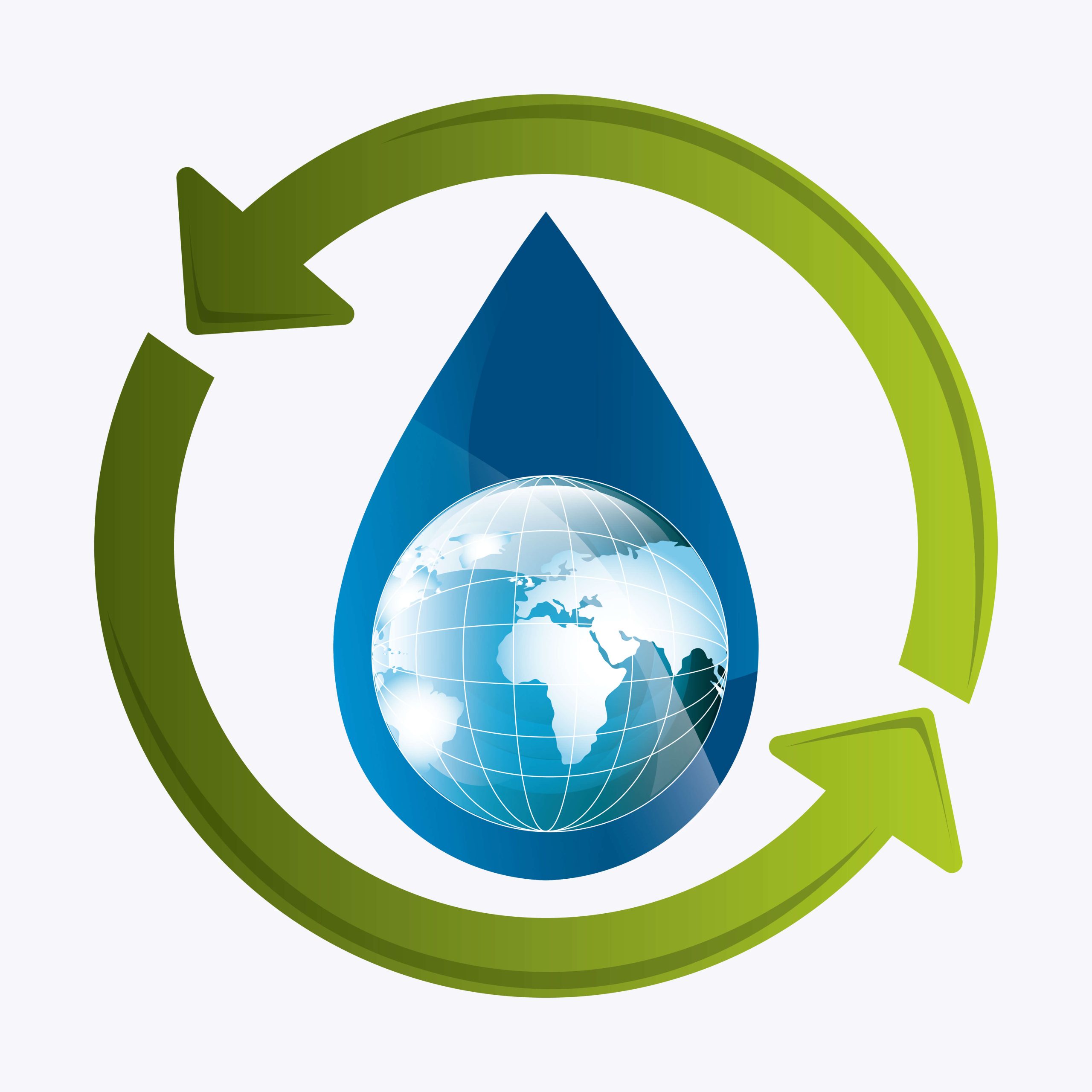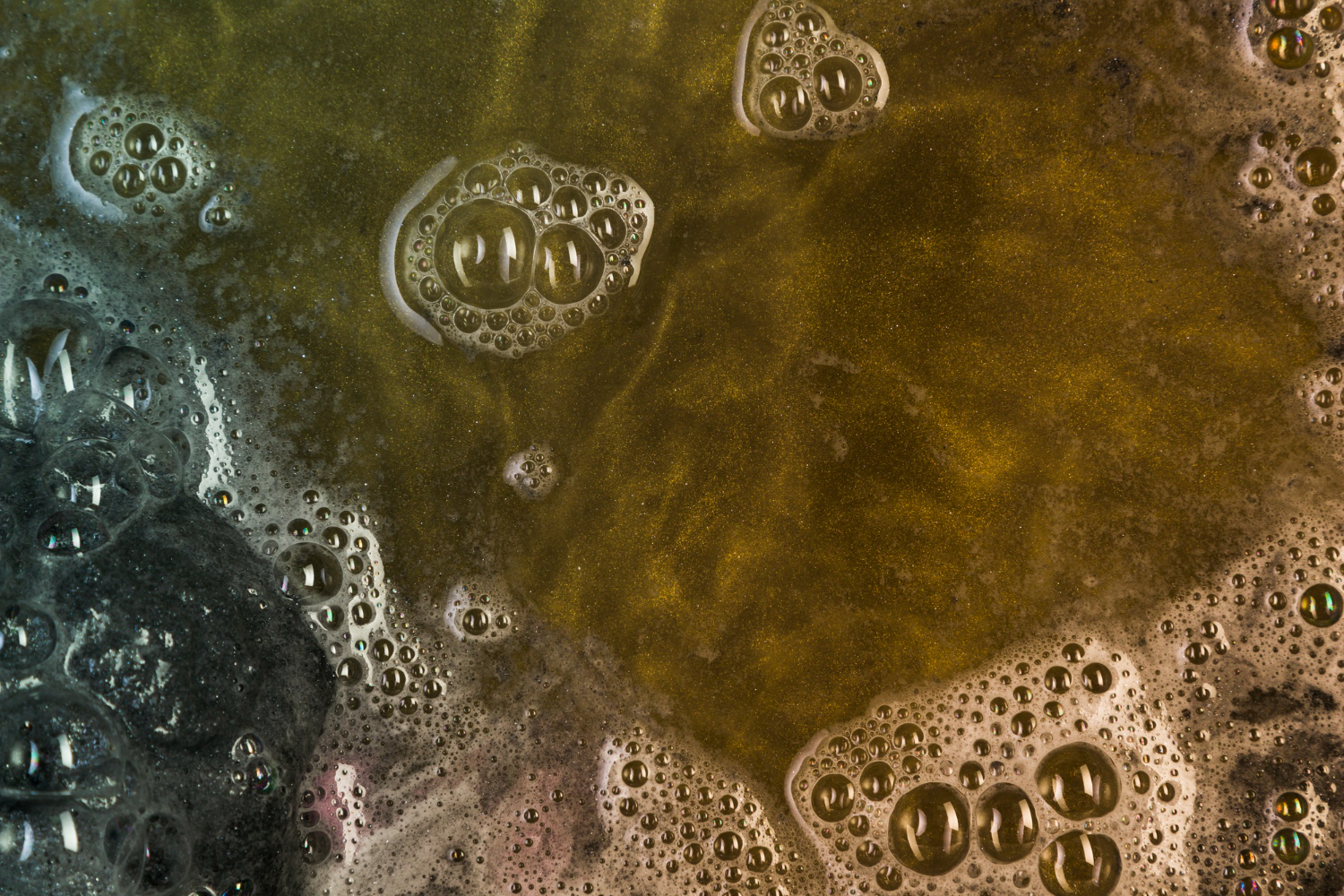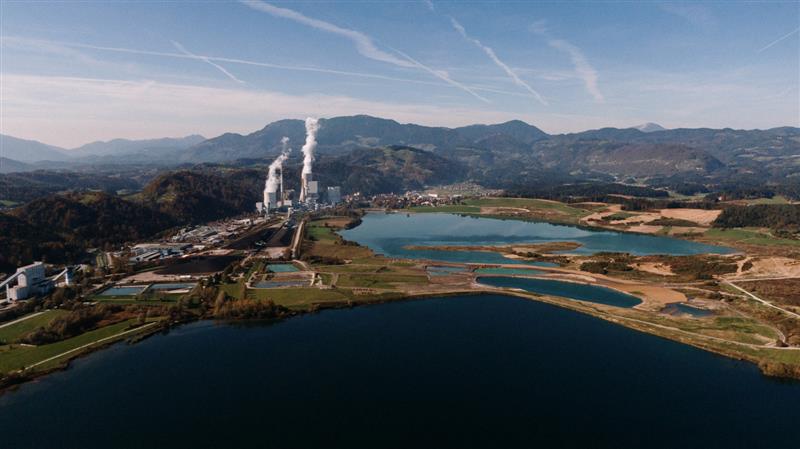Factories and industries use a lot of water daily, most of which becomes used water, or wastewater. It contains dirt, chemicals, and other elements that must be purified before reusing. An effective way to manage this is referred to as zero liquid discharge. It not only purifies water; it discharges no liquid waste. Each drop of water returns for recycling, while the remaining turns into solid waste. Let’s discuss how ZLD water treatment functions, with what equipment, and why factories rely on it to maintain water systems under control.
What Is Zero Liquid Discharge?
Zero liquid discharge (ZLD) is a method that collects, treats, and restores all water from industrial wastewater. It lets clean water return to use and changes the remaining parts into solids that workers can manage.
With ZLD water treatment, factories don’t release any liquid waste. They maintain a clean water cycle by continuously using, cleaning, and reusing it.
Why ZLD Is Important for Industries
Industries use water to clean, cool, mix, and manufacture. After these steps, the water carries harmful or extra substances. If that water stays dirty, it clogs machines, spoils products, and slows things down.
By choosing zero liquid discharge, industries recover clean water, reduce water costs, and protect their systems from damage. ZLD systems streamline water use and keep everything running without surprises.
ZLD water treatment gives control. It lets factories control water flow with skill and care.
How Zero Liquid Discharge Works
ZLD water treatment uses several steps that strain, filter, heat, and dry the wastewater. Each step helps remove water, shrink waste, and return clean water.
Step 1: Pretreatment
First, workers strain out large items like sand, oil, and grease. They add chemicals that help small particles clump and settle. They also adjust the water’s pH to keep machines safe.
Tools used here include:
- Screens
- Clarifiers
- Air floatation units
This step clears the water and prepares it for deeper cleaning.
Step 2: Membrane Treatment
Next, the water travels through filters known as membranes. These membranes capture salts, metals, and other particles while allowing clean water to pass through.
Membrane types:
- Ultrafiltration clears out large organic matter and bacteria.
- Reverse osmosis squeezes water through tight filters to remove salts.
- Nanofiltration targets specific ions.
- Electrodialysis uses electricity to pull out ions.
- High-pressure reverse osmosis handles very strong or dirty water.
At the end of this step, the water splits into clean water (called permeate) and a thick mix of remaining substances (called brine).

Step 3: Evaporation and Crystallisation
The brine is then transferred into machines where the remaining water is boiled off, vaporised, and finally condensed.
Common machines include:
- Multiple-effect evaporators reuse steam to heat each stage.
- Mechanical vapour recompression (MVR) spins steam with fans to create heat.
- Falling film evaporators let water slide down thin surfaces while heating.
After boiling, the water leaves as vapour, and salts and solids begin to form crystals. Crystallisers shape and settle these crystals.
Crystallisation equipment:
- Forced circulation crystallisers
- Cooling crystallisers
- Oslo crystallisers
- Centrifuges that separate solids by spinning
Step 4: Final Treatment and Handling
Most of the water now returns clean and ready for reuse. The remaining solids go through final steps using:
- Fluidised bed dryers to remove moisture
- Screw conveyors to move solids
- Solidification units are used to prepare the solids for safe handling
At this point, zero liquid discharge finishes its task. Clean water returns, and solids remain for proper disposal.
Read more:- Chemical Treatment of Industrial Wastewater: Key Methods for Effective Pollution Control
Technologies Used in ZLD Systems
ZLD water treatment uses advanced tools and systems:
- Membranes for filtering fine particles
- Evaporators to separate water using heat
- Crystallisers to create solids
- Dryers and conveyors to handle dry waste
- Monitoring devices to track water quality in real time
All these tools work together to make sure nothing goes to waste.

Applications of Zero Liquid Discharge in Different Industries
Factories that produce textiles, chemicals, power, or metals all need clean water to function. ZLD in industrial wastewater treatment makes it easier for them to reuse water and avoid discharging anything harmful.
A Zero Liquid Discharge Plant works across many factory types. It handles strong, salty, oily, or metal-filled water without problems. Each system can match the needs of a specific factory.
Advantages of ZLD Systems
Using ZLD water treatment brings several clear benefits:
- Recovers water for reuse
- Eliminates liquid waste
- Reduces damage to equipment
- Cuts water bills
- Simplifies solid handling
With these systems, industries regain control over their water use. They also create smooth, steady water flows that help operations stay on track.
The Role of ZLD in Industrial Wastewater Treatment
Industries can’t run without water. Each day, they use it, and each process leaves behind wastewater. That’s why strong systems matter. ZLD water treatment gives factories a better way to manage water. It prevents waste, recovers clean water, and reduces the need for new water. It is a clear reason why this method has a massive demand in saving lots of water for reuse.
Conclusion
Zero liquid discharge conserves water by recovering, treating, and returning it for reuse. It works through clear steps and sharp tools to turn used water back into a resource. ZLD water treatment helps factories use less water, handle waste better, and keep their systems clean and ready. It not only cleans water, but also builds a smarter way to use it frequently. With the right machines and a clear process, zero liquid discharge gives industries a smart way to control water without allowing any drop to go to waste.
